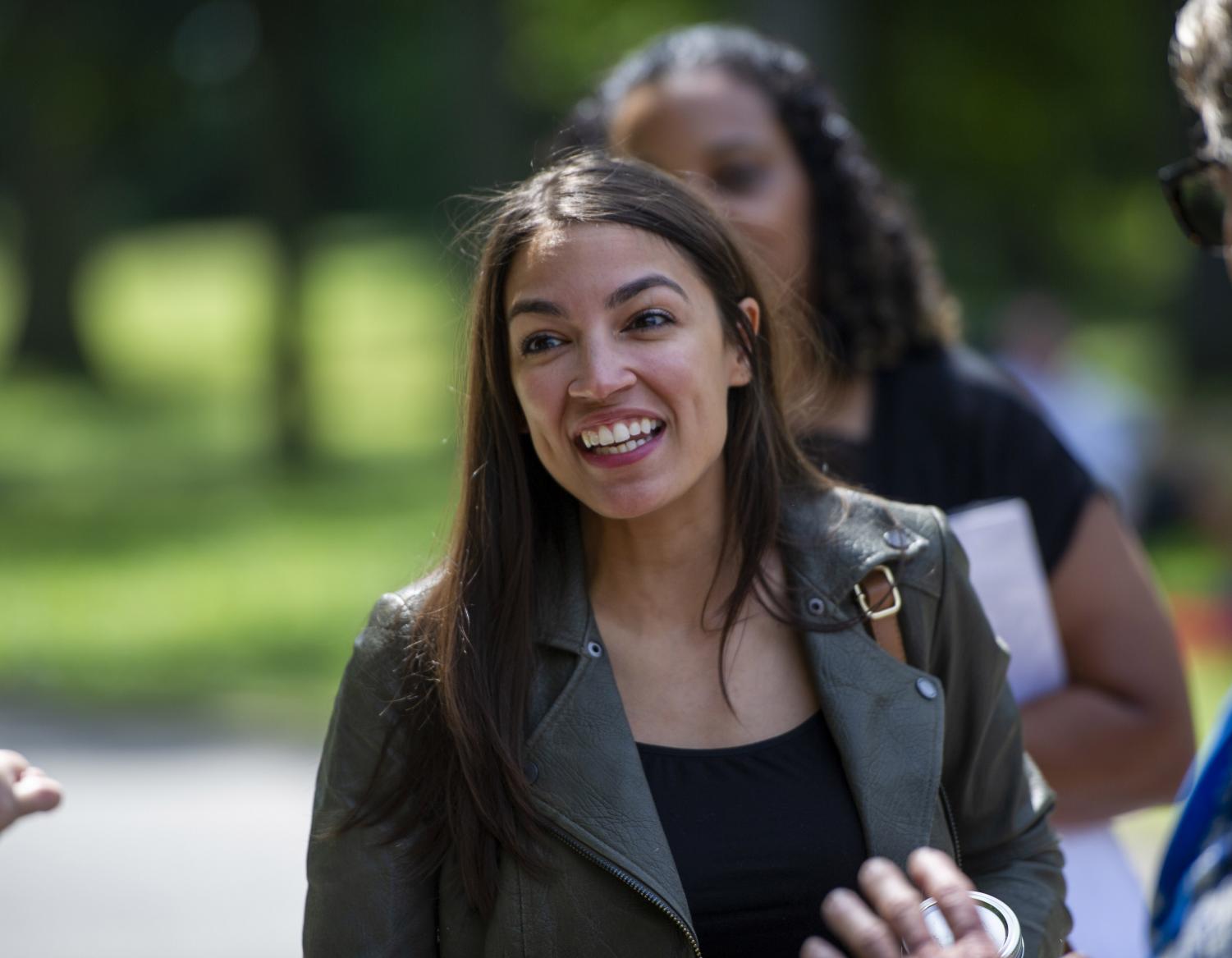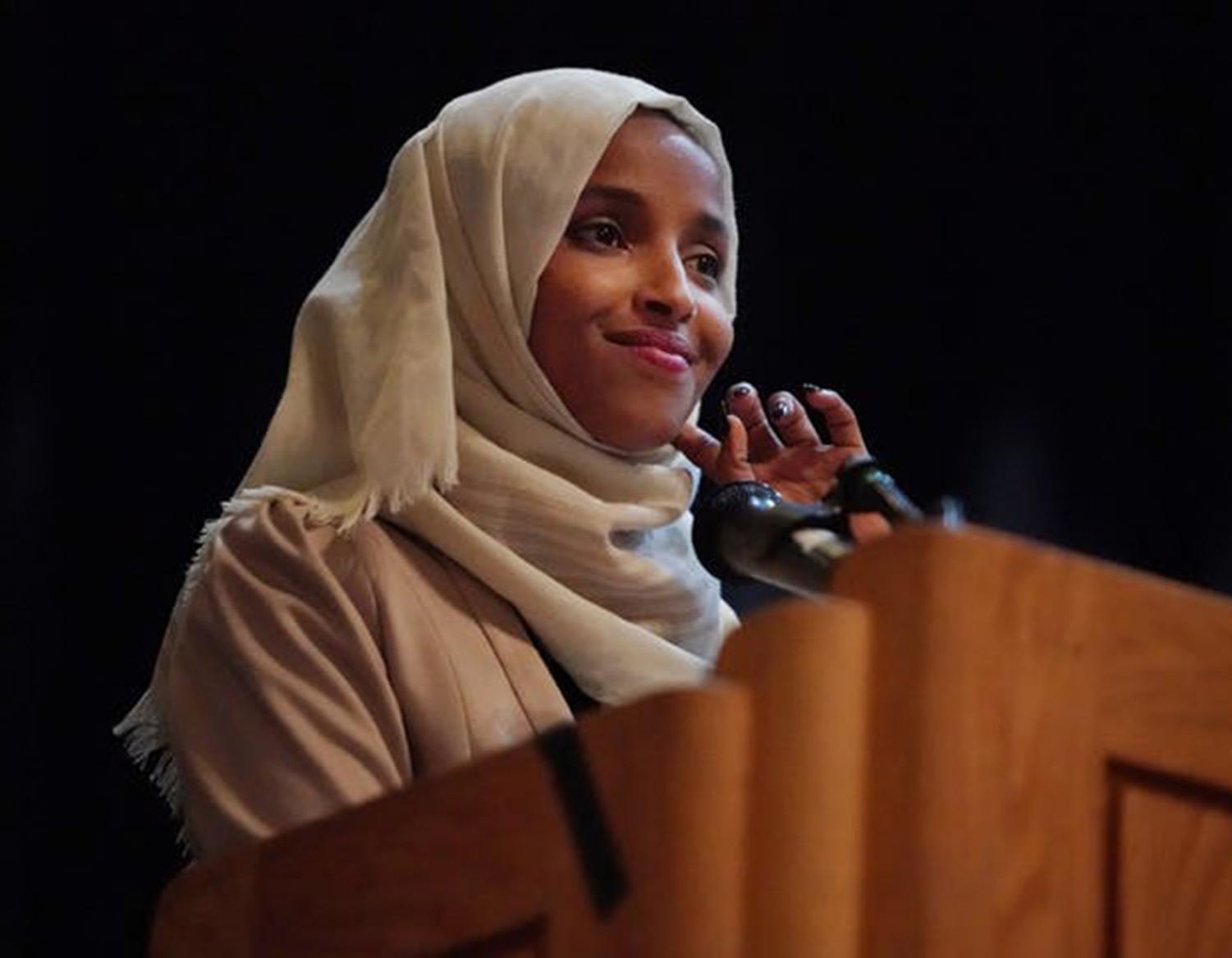A feminism for the 99 percent
Oct 21, 2019
In the era of neoliberalism, Alexandria Ocasio-Cortez (AOC) and Ilhan Omar represent the true face of feminism today. While white-bourgeois feminism, exemplified by Hillary Clinton and Elizabeth Warren, seeks to replace a white male ruling class with a mostly-white female ruling class, AOC and Ilhan understand that a feminism aimed at liberating all women must be anti-capitalist, and seek to transform the very structures that oppress women in poverty and women of color. And far from the technocratic babble of “she has a plan for that,’’ AOC and Ilhan understand that to truly bring about a radical feminist vision means building a grassroots movement and engaging with oppressed women nationwide, not just electing someone into office.
This is best exemplified by the set of policies they support: contrast the rhetoric of “defending Roe v. Wade,” which ensures that middle-class, mostly white women are afforded access to abortions, with the policy of Medicare-for-All, which includes free access to abortions and contraceptives, guaranteeing access to all women, including the economically disadvantaged. Or, take raising the minimum wage to $15 an hour: the number of women in the U.S. making minimum wage or less outnumber men by almost 70%, according to the Bureau of Labor Statistics. Or raising teacher pay to a minimum salary of $60,000 a year and supporting teacher strikes worldwide: the National Center for Education Statistics reports that 77% of public school teachers are women.
Or take perhaps one of the most common issues that white-bourgeois feminism rallies against: the gender wage gap. Even beyond the gender wage gap, which focuses on productive labor, there is an entire constellation of reproductive labor that this analysis ignores, in which women are not compensated whatsoever for socially necessary work. But to analyze the gender wage gap, it is caused for two primary reasons: patriarchal social expectations in regards to occupation, and promotions and raises distribution mechanisms within corporations. In regards to the former: is not another barrier to women pursuing certain occupational trajectories the cost of higher education? Does not tuition-free college universalize higher education for all? And in regards to the latter, it is surely the case that the fact that men are more likely to receive raises and promotions is caused by sexism, but this surface-level analysis is not enough. What are the power structures in place that allow such sexism to manifest itself in a way that is materially damaging to women? What about our hegemonic ideology allows subjects to be sexist in the first place? Is it not the case that our hierarchical corporate structures are what allows men in power to unilaterally decide who to give raises and promotions to? And isn’t Bernie Sanders’ recently released workplace democracy and employee ownership proposals, which not only calls for greater levels of unionization and affirms the right to strike, but demands an employee ownership stake in all companies, the perfect counter to the current organizational structure of corporations?
If workers had greater control of their workplaces, and greater transparency in the wages of their fellow workers, they could effectively lobby for equitable pay or even organize themselves in a more equitable manner.
This is why Ilhan Omar and Alexandria Ocasio-Cortez have just recently endorsed Bernie Sanders for president. They understand that a feminism for all women means building class solidarity and no longer ignoring the stratifications that exist within this category. By building a multi-racial, working class coalition, Sanders has mobilized millions of people in a way that allows him to tackle these struggles in a way that no other candidate has the capacity to. Just take a look at how he has run his campaign: using his e-mail list to warn DACA recipients and other undocumented immigrants about ICE raids in their vicinity, or lobbying the boards of Amazon, Disney, and Wal-Mart to raise the minimum wage of their workers to $15 an hour, or striking alongside fast-food and manufacturing workers demanding better pay and working conditions.
The campaign’s slogan is “Not me. Us.” The execution of the campaign demonstrates this perfectly. This is a politics of mobilization, of once again involving the people in the democracy that they are supposed to have a say in beyond voting every 2 (or more likely 4) years. And this is the true meaning of intersectionality: a feminism for the 99 percent.












Thomas Ganoe • Nov 8, 2019 at 12:23 pm
Roe vs Wade does allow for abortion for poor women. Middle class women could always get an abortion (e.g. doctor deciding woman’s health endangered). If Roe vs Wade falls, then Medicare for All would NOT cover an illegal procedure, as it would declared so in many states (including Iowa!). Also, unless other laws are changed, Medicare for All currently would not cover abortions. As for Bernie’s plan, awesome. So, if you work for a public traded company, then workers would get voting rights. Look around Cedar Falls and tell me how many women would that benefit? You certainly would have a hard time deciding what “ownership” at places like hospitals, universities, county/state jobs.
As for free state college. Sounds great…on a bumper sticker. Who is going to pay for that? If it’s the state, UNI would certainly be closed and enrollment at ISU and UI restricted. If it is the federal government paying, then expect states to just slash their education budgets and pass the burden to the federal government (e.g. how insurance companies treat the VA). The end result would be fewer universities with entrance much more competitive. That would lead to state colleges being “free” mainly to the upper income people who have an huge advantage. Hillary tried to explain this, but as you see it doesn’t fit on a bumper sticker.
Ruth Walker • Oct 25, 2019 at 5:31 pm
Wonderful description of reality (says this 79-year-old math major, physics minor, Iowa State Teachers College, class of 1961). It should be submitted to other media for wide distribution. Richard Rothstein points out in “The Color of Law” that “there is nothing better about banging hubcaps onto cars on a moving assembly line than about serving hamburgers in a fast food restaurant or changing bed linens in a hotel.” Important excerpts at bit.ly/Color-Law